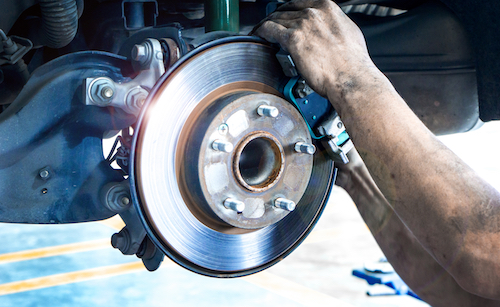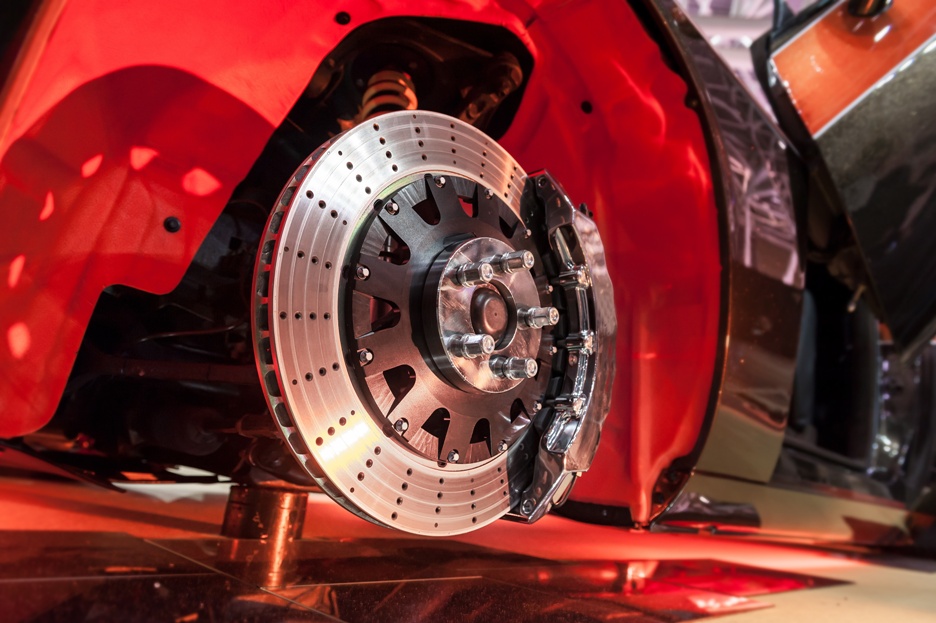Front Disc Brake Repair - Dr Brakes Complete Auto Repair in Kendall Green, FL
Repairing a Brake Master Cylinder
One of the most important parts of your car's braking system is the brake master cylinder - brake service Palm Aire, FL. It is essential to ensuring your safety while driving. The master cylinder may need maintenance or repair over time, just like every other component of your car. In this article, we'll go over the ins and outs of brake master cylinder repair, from comprehending how it works to recognizing common problems and how to fix them.
The Brake Master Cylinder: What does it Mean?
The brake master cylinder is in charge of producing hydraulic pressure in the brake system of your car. The brake pedal pushes a piston inside the master cylinder, forcing brake fluid into the brake lines as you apply pressure. brake repairs Coral Ridge Isles, FL. The brake pads or shoes press against the rotors or drums as a result of this activating the brake calipers or wheel cylinders, which eventually slows down or stops your car.
Brake Master Cylinder Issues Signs
Finding problems with your brake master cylinder is essential for preserving safe driving conditions. The following are some typical symptoms of a brake master cylinder issue:
Dr Brakes Complete Auto Repair - Brake Repair & Service in Lighthouse Point, Royal Palm Community, FL
- Soft or Spongy Brake Pedal: If your brake pedal feels spongy or soft when you apply pressure, it may indicate a master cylinder problem or air in the brake lines.
- Check for any obvious leaks of brake fluid near the master cylinder. Leaks can be a sign of gasket or seal failure.
- Low Brake Fluid: A sudden drop in the reservoir's brake fluid level could indicate a master cylinder problem.
- Brake Warning Light: It's crucial to have the master cylinder checked if the brake warning light on the dashboard of your car turns on.
- Difficulty Braking: A failing master cylinder may be to blame if you find it more difficult to stop your car or experience a delayed response when you press the brake pedal.
Inspection of a Brake Master Cylinder by Hand
You can conduct a basic inspection of your brake master cylinder before deciding whether to repair or replace it. How to do it is as follows:

- Check the master cylinder and brake lines for any obvious leaks as part of the visual inspection process. Leaks are a blatant sign of trouble.
- Check the brake fluid reservoir. Brake Fluid Level. If it's significantly low, there might be a problem. Additionally, pay attention to the fluid's condition; if it seems soiled or contaminated, it might need to be changed.
- Press the brake pedal while the engine is running to feel it. There may be a problem with the master cylinder if it feels soft or falls to the ground.
Repairing a Brake Master Cylinder Steps
You might need to move forward with repairs if your inspection reveals a broken brake master cylinder. The following are the general procedures:
- Gather Your Tools: To fix the master cylinder, you'll need fresh brake fluid, a tube or hose for bleeding the brakes, an emergency catch pan, the flare nut wrench, and the brand-new master-cylinder kit( which usually comes with the seals and gaskets ).
- Prepare the vehicle by applying the parking brake and parking it on a flat surface. Make sure your engine is off.
- Remove the old Master Cylinder: Using the flare nut wrench, begin by removing the brake lines from the old master cylinder. The master cylinder from the brake booster should then be unbolted.
- Install the New Master Cylinder: From your kit, install the new master cylinder according to the manufacturer's instructions. Make sure to use the gaskets and seals that are provided.
- Bleed the Brakes: To remove any air from the system after installing the new master cylinder, you'll need to bleed the brakes. For proper brake function to be maintained, this step is essential.
- Check for Leaks: After bleeding the brakes, look for any leaks in the vicinity of the new master cylinder.
- Top Up Brake Fluid: Refill the reservoir with the proper kind of brake fluid. For the correct specification, consult the manual for your car.
- Take your car for a test drive to make sure the brakes are functioning properly.
When to get Expert Help
While some seasoned Diyers may attempt to repair a brake master cylinder, it's important to be aware of your limitations. It is safer to seek professional assistance if you are unsure or uneasy about any aspect of the repair process. Brakes are an essential safety component, and any mistakes made during repair could result in accidents.
Brake Repair Coconut Creek, FL
The value of Routine Maintenance
Often, prevention is more economical than repair. Consider these maintenance suggestions to increase the life of your brake master cylinder and guarantee your safety:

- Regular Inspections: Check the brake fluid reservoir and look for leaks on a regular basis.
- Brake Fluid Replacement: Adhere to the suggested schedule provided by your car's manufacturer.
- Brake System Flush: To get rid of old, contaminated brake fluid, think about performing a thorough brake system flush.
- Brake Pad and Rotor Inspection: Pay attention to your brake pads and rotors because damaged parts can put the master cylinder under additional stress.
Conclusion
The brake master cylinder in your car is an important part that needs care and attention. Accidents can be avoided and your safety on the road is guaranteed by identifying the symptoms of problems and addressing them quickly through repair or replacement. Keep in mind that it's always best to consult a professional mechanic if you're unsure about performing the repair yourself.

Repairing the brake master cylinder should not be taken lightly because it directly impairs your ability to safely stop your car. You can maintain a dependable and secure braking system for your car by being vigilant and addressing any problems right away.
check this this post go to these guys